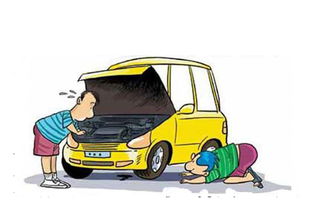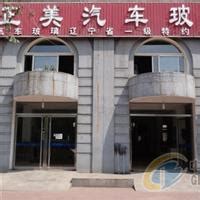Title: Understanding Automotive Connectors: Functionality, Types, and Applications
Introduction to Automotive Connectors
Automotive connectors are crucial components in modern vehicles, facilitating the connection of various electronic systems and components. They serve as interfaces that enable electrical signals and power to flow between different parts of the vehicle, such as sensors, control units, actuators, and displays. Understanding the functionality, types, and applications of automotive connectors is essential for designing reliable and efficient vehicle electrical systems.
Functionality of Automotive Connectors
Automotive connectors primarily serve three main functions:
1.
Electrical Connection
: The primary function of automotive connectors is to establish electrical connections between different components of a vehicle's electrical system. This allows signals and power to be transmitted between various parts of the vehicle, enabling the operation of essential systems such as engine management, safety systems, entertainment systems, and more.2.
Mechanical Connection
: In addition to electrical connectivity, automotive connectors also provide mechanical stability and support for connected components. They ensure that connections remain secure and stable even in harsh operating conditions, including vibration, temperature variations, and mechanical stress.3.
Environmental Protection
: Automotive connectors are designed to withstand the demanding environmental conditions encountered in automotive applications. They provide protection against moisture, dust, dirt, and other contaminants, ensuring the reliability and longevity of electrical connections in challenging environments.Types of Automotive Connectors
There are several types of automotive connectors available, each with its own unique characteristics and applications. Some common types include:
1.
WiretoWire Connectors
: These connectors are used to join two or more electrical wires together. They are commonly used in automotive wiring harnesses to connect various components and systems.2.
WiretoBoard Connectors
: Wiretoboard connectors are used to connect wires to printed circuit boards (PCBs) or other flat surfaces. They are often used in automotive electronics for connecting sensors, switches, and control units to the vehicle's electrical system.
3.
Circular Connectors
: Circular connectors feature a cylindrical design and are used in applications where a secure and waterproof connection is required. They are commonly used in automotive lighting systems, power distribution systems, and sensors.4.
Rectangular Connectors
: Rectangular connectors have a blocklike shape and are often used in applications where space is limited or where multiple connections need to be made in a compact area. They are widely used in automotive control units, infotainment systems, and instrument clusters.5.
Terminal Blocks
: Terminal blocks provide a convenient way to connect multiple wires together in a modular and customizable manner. They are often used in automotive power distribution systems and wiring harnesses.6.
HighVoltage Connectors
: With the advent of electric and hybrid vehicles, highvoltage connectors have become increasingly important for connecting highpower electrical components such as batteries, motors, and inverters.Applications of Automotive Connectors
Automotive connectors find applications in various systems and components throughout a vehicle, including:
1.
Engine Management System
: Connectors are used to connect sensors, actuators, and control units in the engine management system, enabling precise control of fuel injection, ignition timing, and other engine parameters.2.
Safety Systems
: Connectors play a crucial role in automotive safety systems such as airbag control units, antilock braking systems (ABS), and electronic stability control (ESC) systems, ensuring timely and reliable operation in the event of a collision or emergency.3.
Infotainment Systems
: Automotive connectors are used to connect multimedia devices, displays, speakers, and other components in the vehicle's infotainment system, providing entertainment, navigation, and communication functionalities to the occupants.4.
Lighting Systems
: Connectors are used in automotive lighting systems for connecting headlights, taillights, turn signals, and other lighting components, ensuring proper illumination and visibility on the road.5.
Power Distribution Systems
: Connectors play a crucial role in distributing electrical power from the vehicle's battery to various electrical components and subsystems, including lights, motors, pumps, and HVAC systems.Conclusion
Automotive connectors are indispensable components in modern vehicles, enabling the reliable transmission of electrical signals and power between different systems and components. By understanding the functionality, types, and applications of automotive connectors, automotive engineers and designers can develop robust and efficient electrical systems that meet the demanding requirements of today's vehicles.











